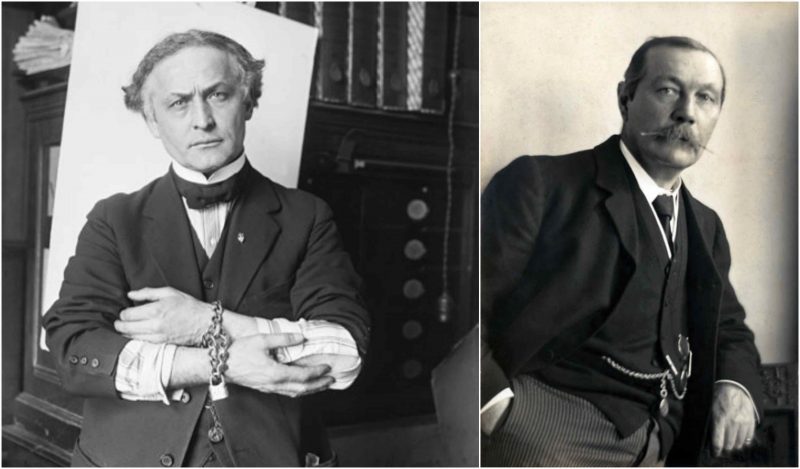Since the beginning of the 20th century, Sir Arthur Conan Doyle has been one of the most popular writers in the world.
His prolific imagination produced the influential character of Sherlock Holmes, a reclusive and highly intelligent detective who solved complex crimes through his deduction skills and innovative use of science.
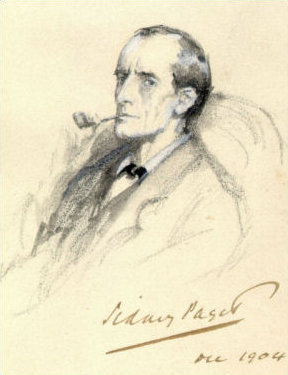
The main inspiration for the character of Sherlock Holmes was Joseph Bell, a prominent Scottish surgeon and lecturer at the medical school of the University of Edinburgh. Conan Doyle was Bell’s student, and he greatly admired Bell’s immense deduction skills. Bell used these skills while performing autopsies, observing crime scenes, and making diagnoses. He is considered one of the pioneers of modern forensic pathology.
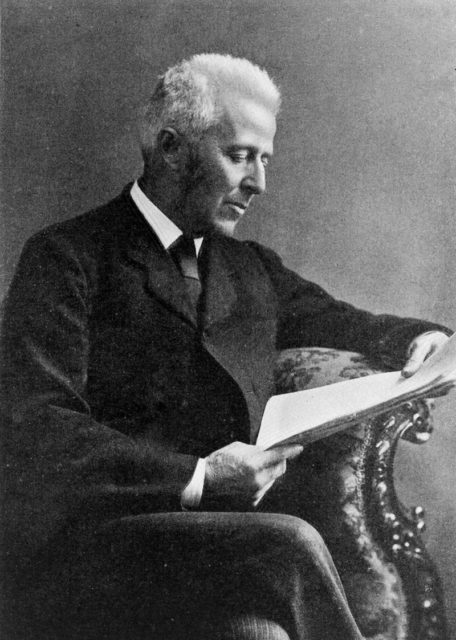
Conan Doyle was fascinated by scientific progress, and his fictional characters were often found pondering new and revolutionary scientific discoveries. What may not be as widely known is that he was a member of the National Laboratory for Psychical Research, a keen spiritualist devoted to the research of mystical subjects and the investigation of paranormal phenomena. He firmly believed that some people possessed supernatural powers and that modern science might prove the existence of the paranormal.
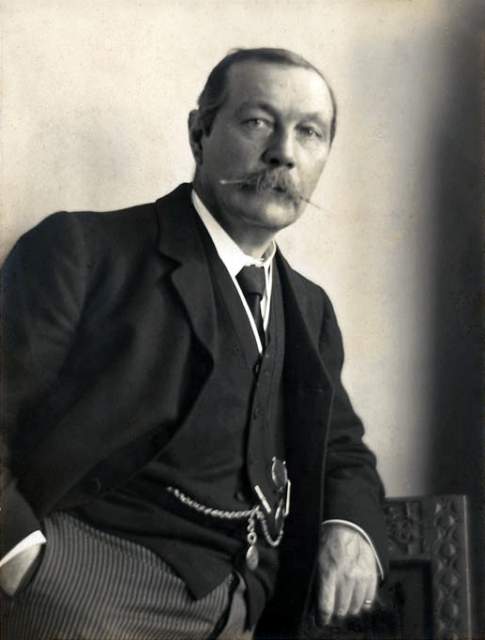
Through his research and interest in the paranormal and the mystical, Conan Doyle met Harry Houdini, the famous Hungarian-American illusionist and escape artist. They became friends and organized meetings on science and spiritualism at Conan Doyle’s home.
Their friendship lasted through to early 1915, ending abruptly following a turbulent disagreement.
Conan Doyle was fascinated with Houdini’s ability and praised his apparent supernatural power. Although Houdini emphasized his anti-Spiritualist views and constantly told him that his magic was based on intense physical training, carefully planned trickery, and showmanship, Conan Doyle refused to believe that Houdini lacked any actual supernatural powers. He insisted that some form of paranormal force influenced Houdini and caused him to be capable of genuine magic.
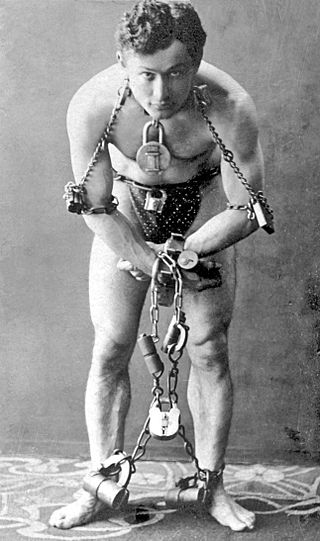
Conan Doyle was so adamant in his defense of the existence of supernatural forces that he launched a long-standing argument with Harry Price, a famous British researcher and debunker of paranormal phenomena who was also a prominent member of the National Laboratory of Psychical Research. In 1922, Price exposed the elaborate fraud of spirit photography and its founder, William Hope. Conan Doyle was convinced that Price had completely turned against Spiritualists and that he intended to publicly mock them by spreading rumors of Spiritualism being a fraud. Conan Doyle was so upset he managed to convince 84 members of the National Laboratory of Psychical Research to resign from the organization.
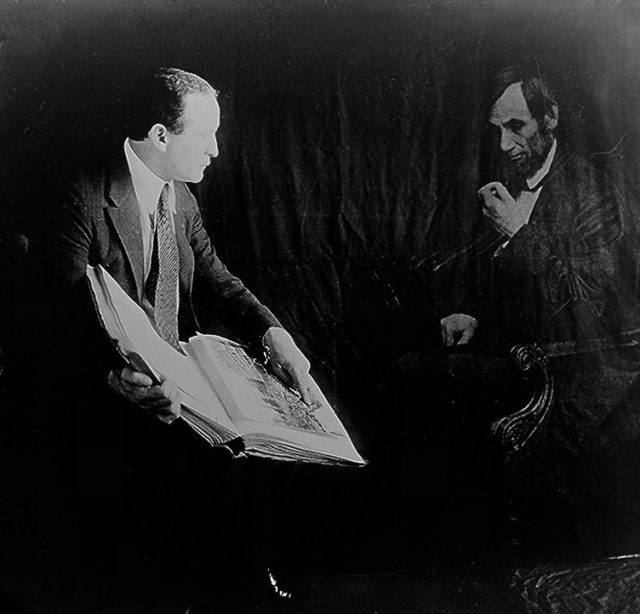
Following Conan Doyle’s argument with Price, Houdini realized that not even detailed scientific explanations of paranormal phenomena could lead Conan Doyle to perceive that all magicians, illusionists, and psychics were creative hoaxers. He staged a grand performance at Conan Doyle’s home and, after the performance, elaborated every trick to him, step by step. Despite being amazed by Houdini’s presentation, Conan Doyle still refused to believe that Houdini’s magic consisted of scientifically explainable tricks. Houdini then ended their friendship, feeling disappointed in Conan Doyle’s outdated outlook on paranormal phenomena.
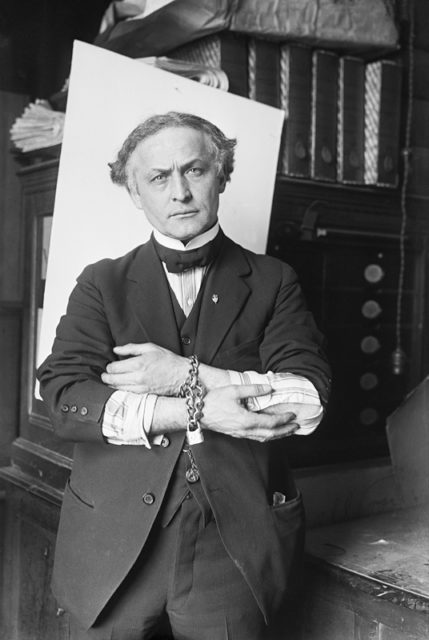
For the rest of his life, Arthur Conan Doyle continued to believe that Houdini possessed strong supernatural powers. In 1924, Houdini published a book called A Magician Among the Spirits, in which he exposed some of his own tricks and many tricks performed by other magicians and illusionists throughout the world. However, Conan Doyle thought that Houdini wrote the book to conceal his own supernatural powers because he was actually using them to block the powers of other lesser magicians.
Houdini remained an avid debunker of paranormal phenomena. In 1926, he even corresponded with the famous horror writer H. P. Lovecraft and his friend C. M. Eddy and wanted to collaborate with them on a book, The Cancer of Superstition, which was supposed to debunk numerous religious miracles. Sadly, Houdini died during that same year and the project was canceled.
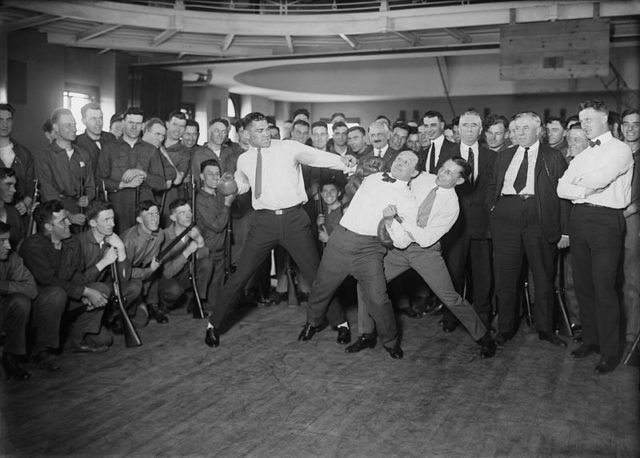
Although the medical examiners stated that Houdini died of a ruptured appendix that resulted from severe peritonitis, several of his biographers claimed that he was actually murdered by Spiritualists who were infuriated by his numerous anti-Spiritualist writings.
In 2007, Houdini’s grand-nephew George Hardeen even attempted to persuade the courts to exhume Houdini’s remains and perform another autopsy that would reveal the cause of death. However, other members of the Houdini family were against the idea, and we will most likely never know whether Houdini’s death actually was a result of a grim Spiritualist conspiracy or of natural causes.
